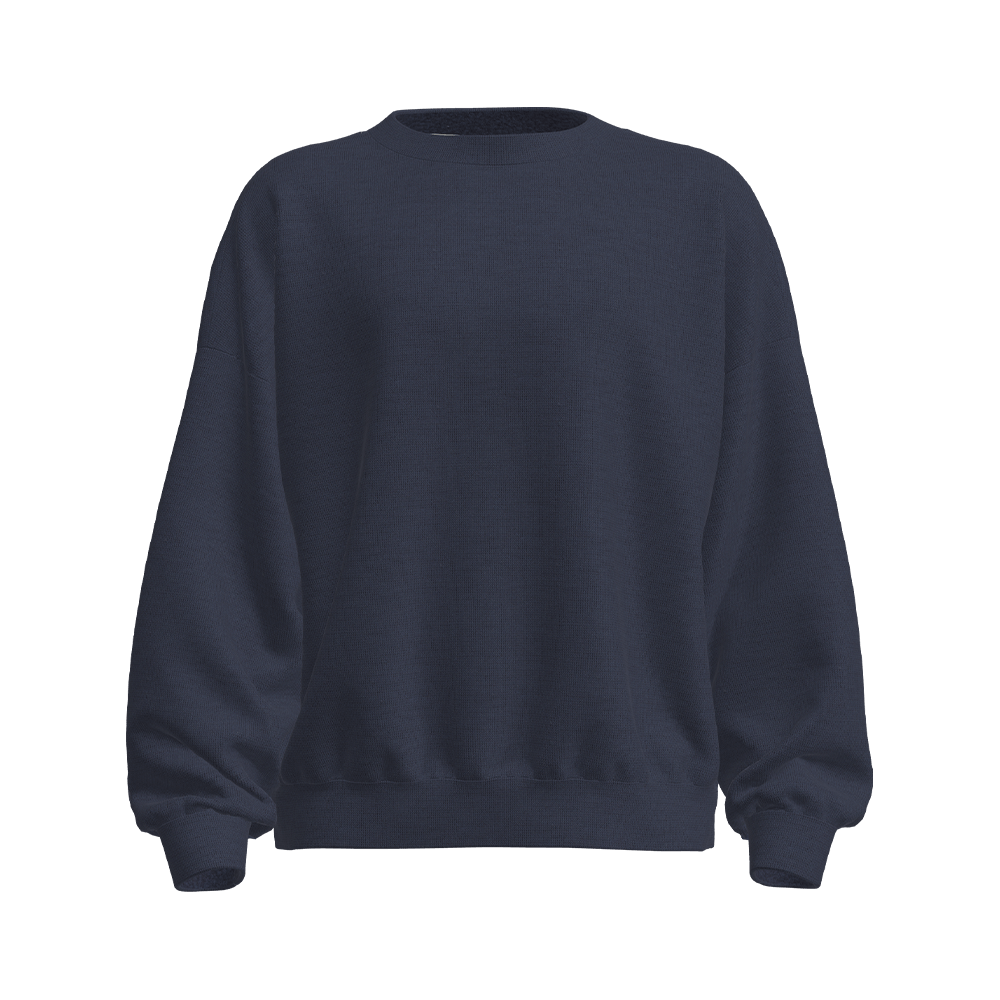
Can the t/m/s heating double knits brush be used on all types of fabrics?
The t/m/s heating double knits brush is a specialized tool designed for fabric finishing, offering controlled heat application to enhance texture, remove lint, and improve overall fabric quality. A common question among textile professionals is whether this tool can be safely and effectively used on all types of fabrics.
Understanding the t/m/s heating double knits brush
The t/m/s heating double knits brush combines mechanical brushing with controlled heat to treat fabrics. Its primary function is to smooth surfaces, raise fibers for a softer hand feel, and remove imperfections. The heating element is adjustable, allowing for precise temperature control, which is crucial when working with different materials. the key advantage of this tool is its ability to enhance fabric quality without causing damage when used correctly.
Fabric compatibility considerations
Not all fabrics react the same way to heat and mechanical brushing. Natural fibers, synthetic blends, and delicate materials each require specific settings to avoid damage. Below is a summary of fabric types and their compatibility with the t/m/s heating double knits brush:
| Fabric type | recommended heat setting | potential risks |
|---|---|---|
| Cotton | medium to high | minimal |
| Wool | low | shrinkage, felting |
| Polyester | medium | melting if overheated |
| Silk | very low or avoid heat | scorching, weakening |
| Acrylic | low | fiber distortion |
Natural fibers like cotton and linen generally tolerate moderate heat well, whereas delicate fabrics such as silk and wool require extreme caution. synthetic materials can be treated but must be monitored closely to prevent melting or glossing.
Factors affecting usability
Several factors determine whether the t/m/s heating double knits brush is suitable for a particular fabric:
- fiber composition – blends behave differently than pure fibers. A fabric with mixed natural and synthetic fibers May need a lower heat setting to protect the synthetic component.
- fabric weight and weave – heavy fabrics can typically withstand more heat, while lightweight or loosely woven materials May distort under mechanical brushing.
- pre-treatment and dye stability – some dyes degrade under heat, leading to color bleeding or fading. Testing on a small, inconspicuous area is always recommended.
- intended finish – if the goal is a smooth surface versus a raised nap, different heat and brushing techniques apply.
Best practices for safe use
To maximize effectiveness and minimize risks, follow these guidelines:
- Always test on a scrap piece before treating the entire fabric.
- Start with the lowest heat setting and gradually increase if needed.
- Avoid prolonged contact with heat-sensitive fabrics to prevent scorching.
- Use even, gentle strokes to prevent uneven texture or fiber damage.
Limitations and alternatives
While the t/m/s heating double knits brush is versatile, it is not universally suitable. Some fabrics, such as sheer chiffon or thermoplastic materials, May be better treated with alternative methods. for extremely delicate fabrics, cold brushing or manual lint removal May be safer.
The t/m/s heating double knits brush is a highly effective tool for many fabric types, but its use must be tailored to material properties. proper heat settings, brushing techniques, and pre-testing are essential to avoid damage. by understanding fabric behavior and adjusting the tool’s application accordingly, textile professionals can achieve optimal results without compromising fabric integrity.
LATEST POST
Let’s create something amazing together
contact usDon't hesitate to contact when you need us!



 English
English 한국어
한국어 中文简体
中文简体

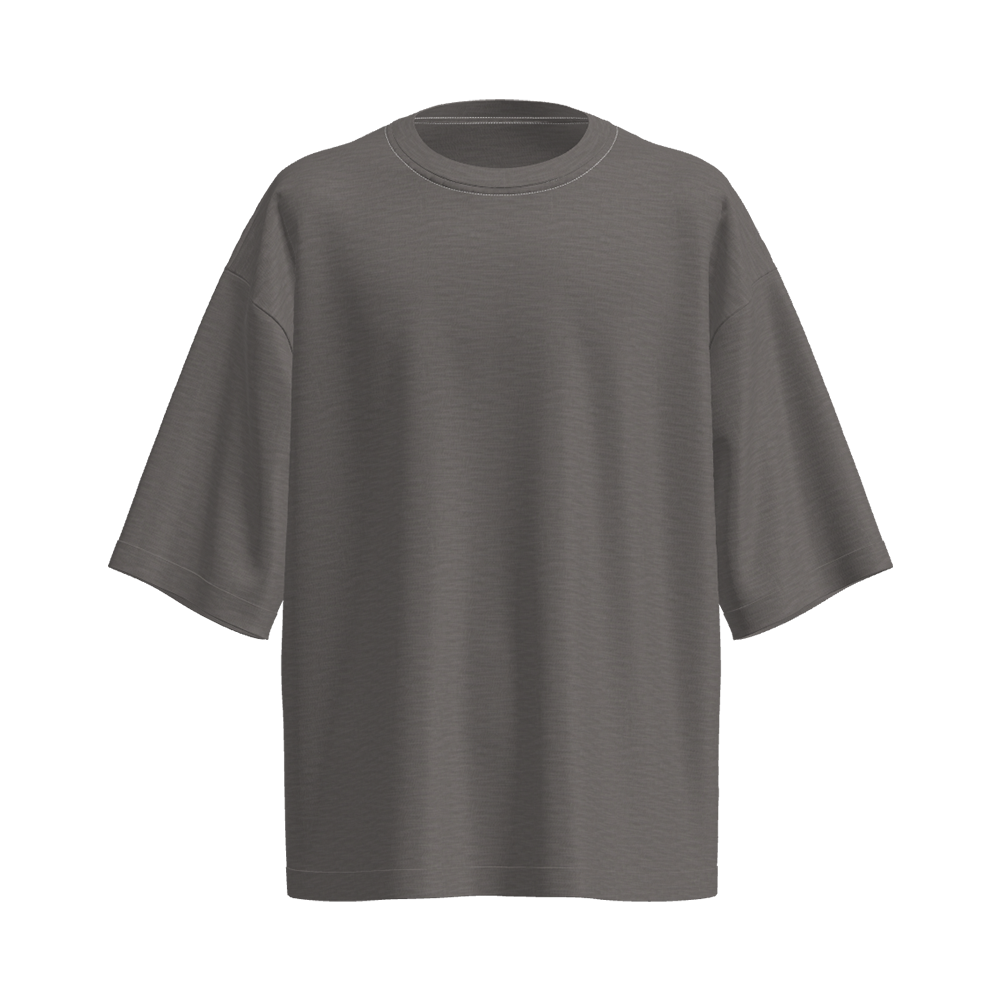

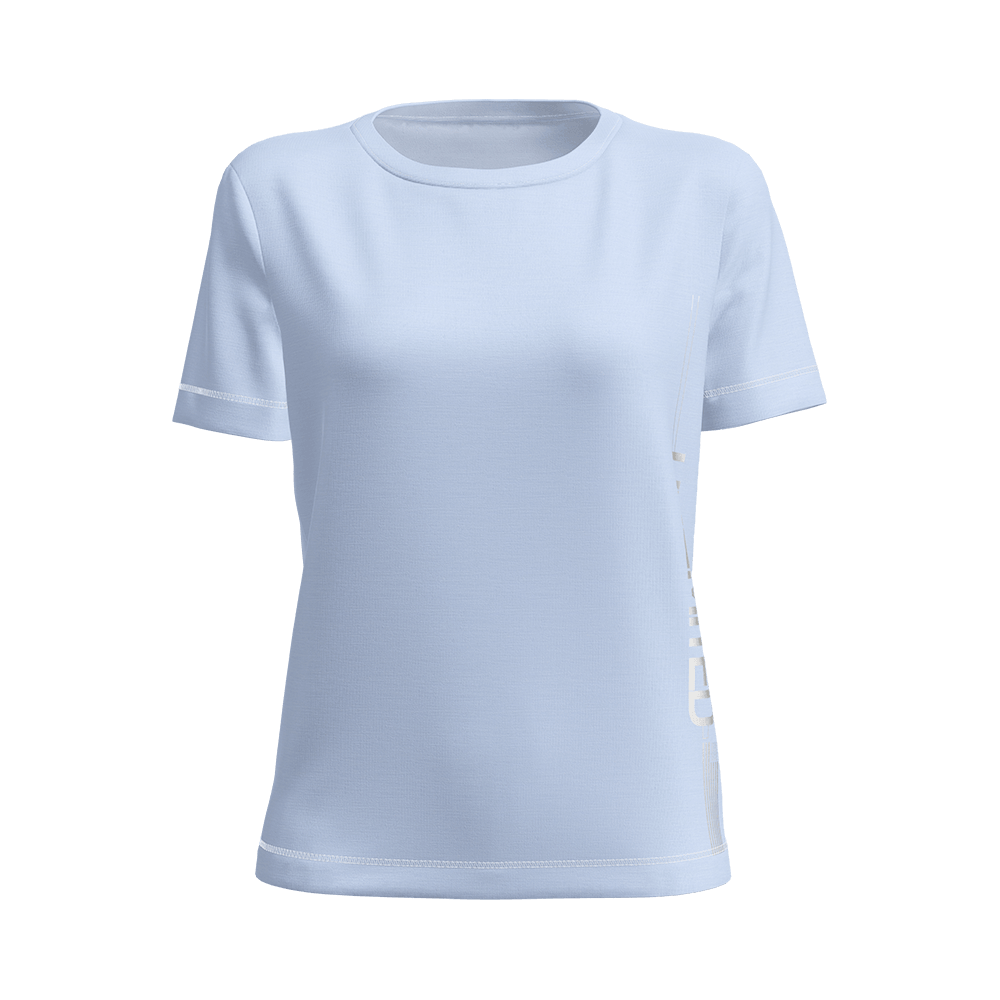
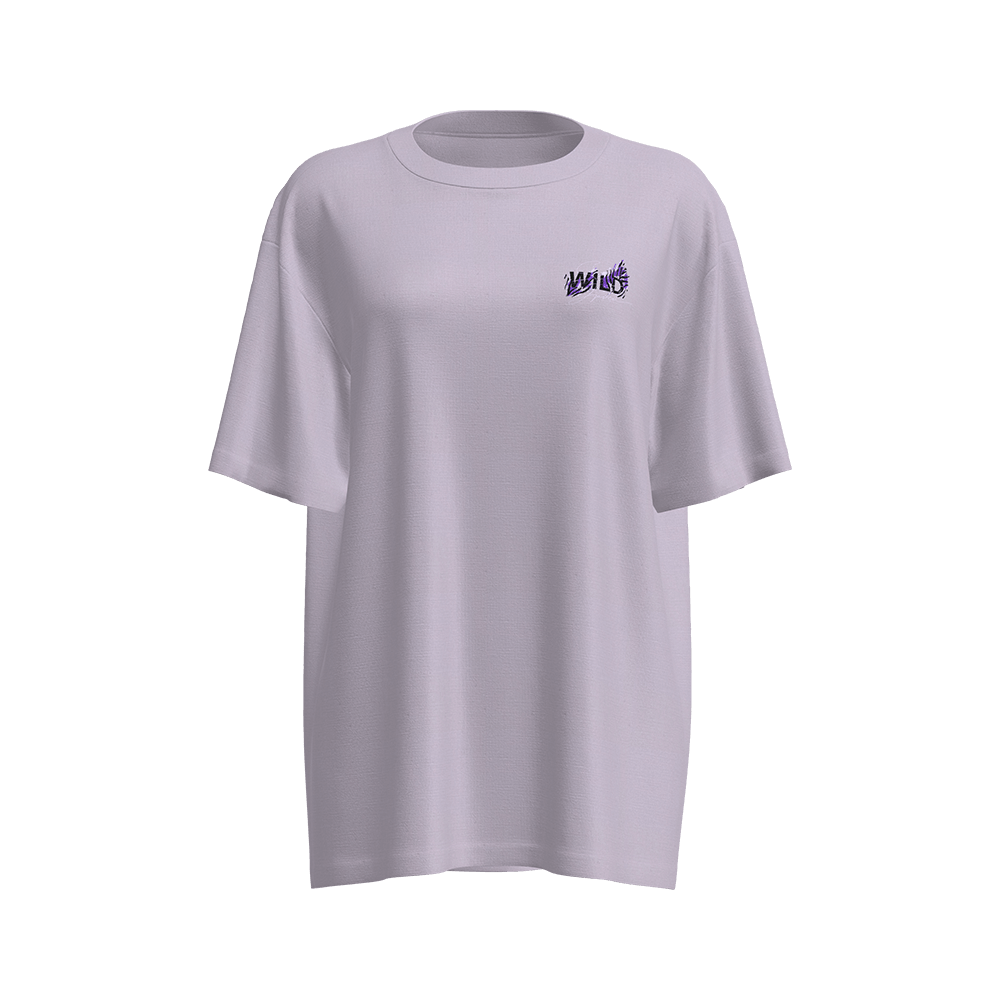
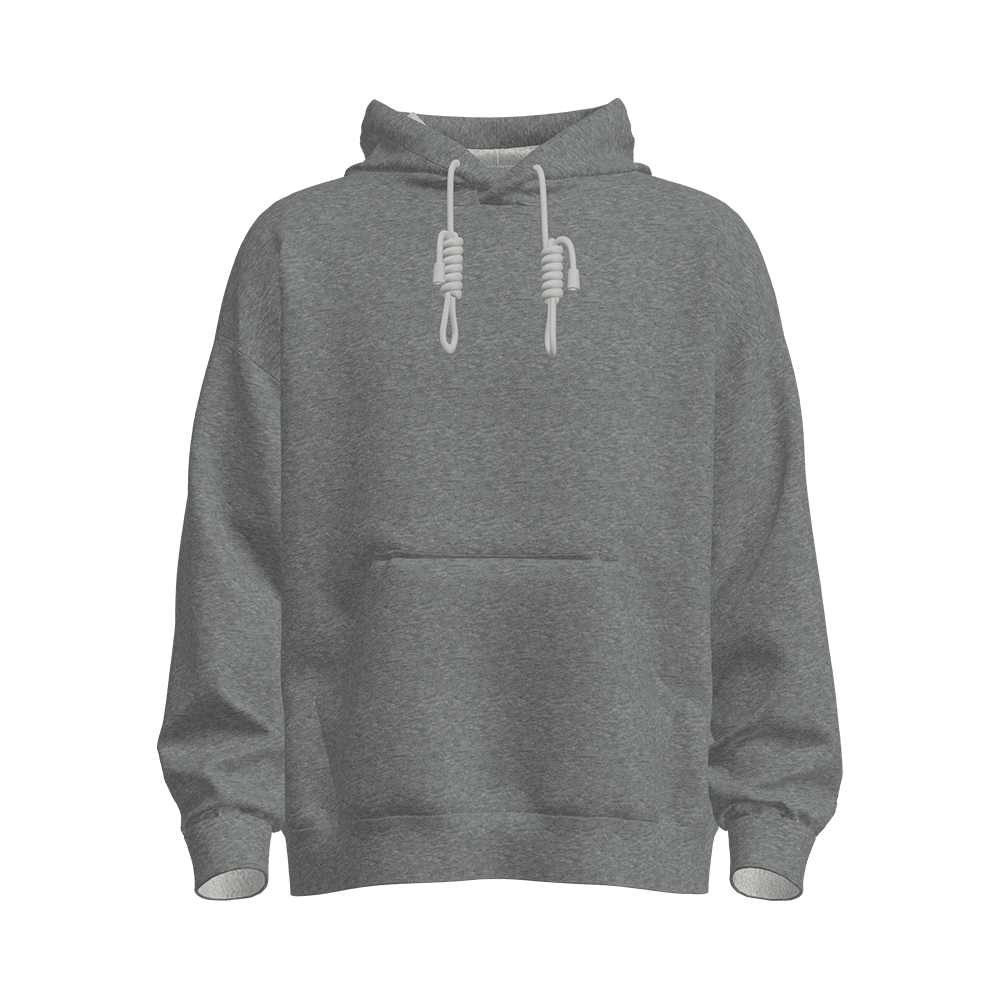
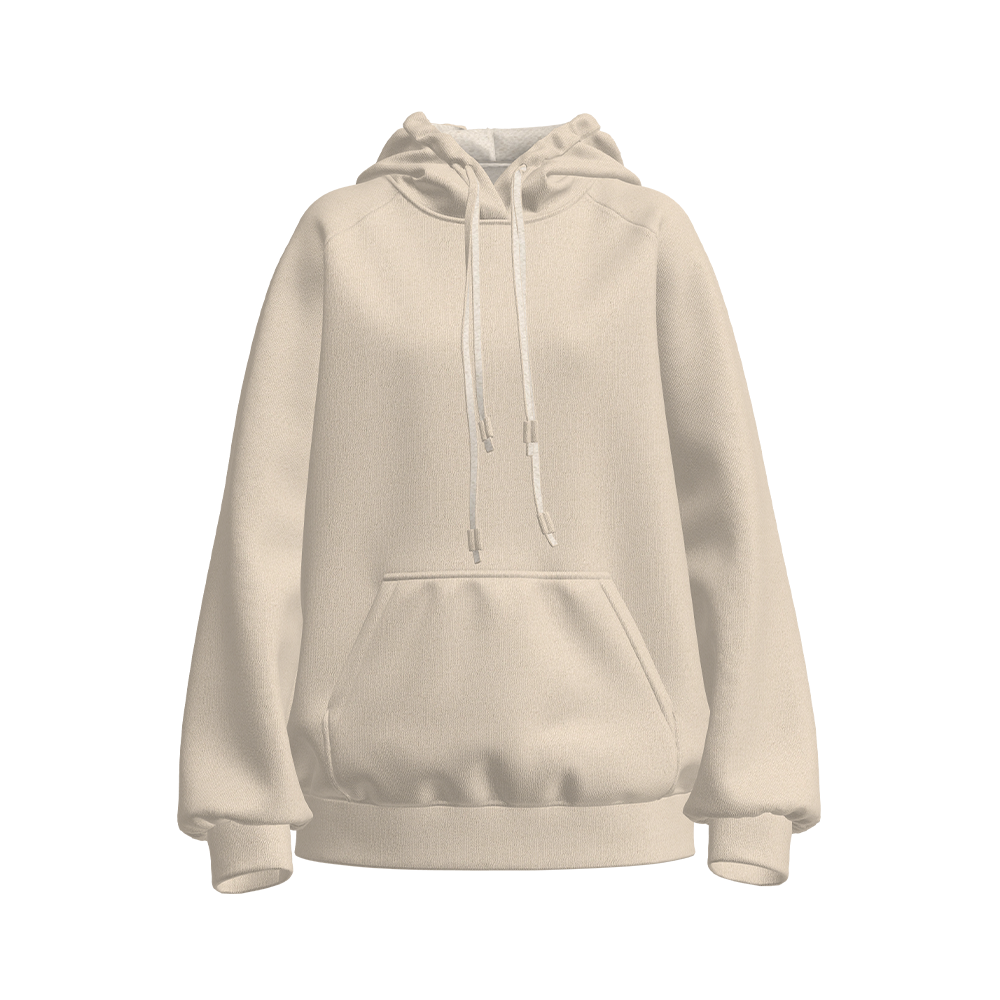


 +86-512-52528088
+86-512-52528088 +86-512-14546515
+86-512-14546515

